Home>Furniture>Bedroom Furniture>How To Clean A Wet Bed
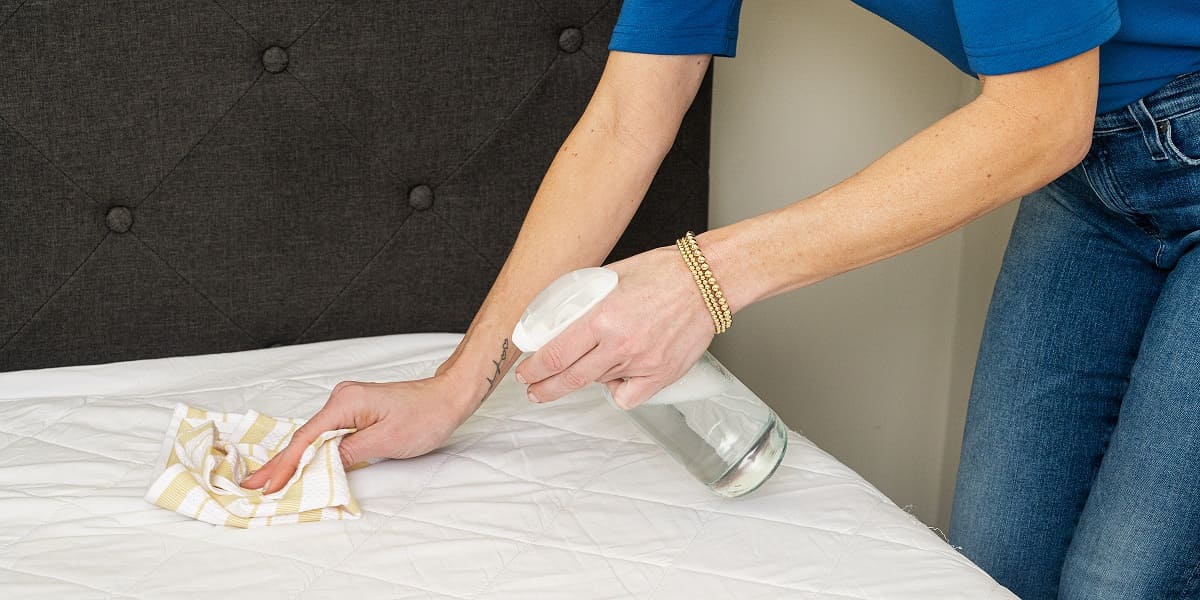

Bedroom Furniture
How To Clean A Wet Bed
Modified: March 24, 2024
Learn the best tips and tricks for cleaning a wet bed in your bedroom. Keep your bedroom furniture looking fresh and clean with our expert advice.
(Many of the links in this article redirect to a specific reviewed product. Your purchase of these products through affiliate links helps to generate commission for Storables.com, at no extra cost. Learn more)
Introduction
Having a wet bed can be an uncomfortable and unpleasant experience. Whether it’s due to a spilled drink, an accident, or a leaky roof, the key is to act quickly and effectively to prevent any lasting damage and ensure a clean and fresh sleeping environment.
In this article, we will guide you through a step-by-step process on how to clean a wet bed. From removing the soaked bedding to treating stains and odors, we will provide you with the necessary knowledge and tips to restore your bed to its former glory.
Before we dive into the cleaning process, it’s essential to emphasize the importance of safety. If the wetness is caused by an electrical issue or a major leak, ensure your safety first by turning off the power or addressing the source of the leak before proceeding with the cleaning.
Now, let’s get started and learn how to effectively clean a wet bed!
Key Takeaways:
- Act quickly and prioritize safety when dealing with a wet bed. Remove soaked bedding, absorb excess moisture, treat stains and odors, and air out the mattress for a clean and fresh sleeping surface.
- Consider investing in a waterproof mattress protector to prevent future incidents. Regular maintenance, including washing bedding and vacuuming the mattress, is crucial for maintaining a clean and hygienic sleeping environment.
Read more: How To Clean A Mattress After Bed Wetting
Step 1: Remove the Soaked Bedding
The first step in cleaning a wet bed is to remove the soaked bedding. Start by stripping off all the sheets, pillowcases, and mattress protectors. Be careful not to spread any excess moisture around during this process. If the bedding is heavily soaked, you may want to wear gloves to protect your hands and prevent any potential contamination.
If the bedding is machine washable, place them directly in the washing machine. Use cold water and a gentle cycle to avoid damaging the fabric. Add a mild detergent and a cup of white vinegar to help remove stains and odors. Avoid using bleach or harsh chemicals as they can damage the material and cause discoloration.
For non-machine washable bedding, such as memory foam pillows or down comforters, check the care instructions provided by the manufacturer. Some items may need to be professionally cleaned, so it’s best to follow their guidelines to ensure proper care.
Once the bedding is removed and properly taken care of, set it aside for later. Now, let’s move on to the next step in the cleaning process.
Step 2: Absorb Excess Moisture
After removing the soaked bedding, it’s important to absorb as much excess moisture from the mattress as possible. This will help prevent mold and mildew growth and speed up the drying process.
Start by using absorbent towels or paper towels to blot the wet areas of the mattress. Gently press the towels onto the mattress, applying light pressure to soak up the moisture. Be careful not to rub or scrub the mattress, as this can push the liquid further into the mattress fibers.
If the mattress is particularly wet, you can also use a wet/dry vacuum cleaner to extract the excess moisture. Move the vacuum over the wet areas, allowing it to suction up the liquid. Repeat this process until no more moisture is being pulled from the mattress.
For stubborn areas or for added protection, sprinkle baking soda over the surface of the mattress. Baking soda is a natural deodorizer and can help absorb any lingering odors. Leave the baking soda on the mattress for at least 30 minutes to an hour, and then vacuum it up.
Once you have absorbed the excess moisture and treated any potential odors, it’s time to move on to the next step to ensure a thorough cleaning process.
Step 3: Treat Stains and Odors
Now that you have absorbed the excess moisture from the mattress, it’s time to tackle any stains and odors that may have resulted from the wetness. Here are some effective methods to treat stains and eliminate odors:
1. Spot Clean: Start by spot cleaning any visible stains on the mattress. Create a cleaning solution by mixing equal parts of water and a mild liquid detergent. Gently dab the solution onto the stained areas using a clean cloth or sponge. Avoid saturating the mattress and work in a circular motion. Once the stain is lifted, rinse the area with a clean, damp cloth and blot dry.
2. Odor Removal: To remove any lingering odors, sprinkle baking soda generously over the entire surface of the mattress. Baking soda is a natural absorber of odors. Leave it on for several hours or overnight to allow it to work its magic. Then, use a vacuum cleaner to thoroughly remove the baking soda from the mattress.
3. Enzyme Cleaner: If the stains or odors persist, you may need to use an enzyme cleaner specifically designed for removing organic stains and odors. Follow the instructions provided by the manufacturer and apply the cleaner to the affected areas. Allow it to sit for the recommended time before blotting and rinsing the mattress.
4. Fresh Air and Sunlight: After spot cleaning and treating stains and odors, it’s beneficial to expose the mattress to fresh air and sunlight. Open windows in the room to facilitate air circulation and let natural sunlight disinfect the mattress. This will help eliminate any remaining odors and promote faster drying.
By following these steps, you can effectively treat stains and eliminate odors from your wet bed, ensuring a clean and fresh sleeping surface.
To clean a wet bed, start by removing any bedding and soaking up excess liquid with towels. Then, sprinkle baking soda on the wet area, let it sit for 15 minutes, and vacuum it up. Finally, use a mixture of water and vinegar to blot the stain, and let it air dry.
Step 4: Air Out the Mattress
After treating stains and odors, it’s essential to air out the mattress to help it dry completely. Proper airflow will prevent the growth of mold and mildew, ensuring a hygienic and odor-free sleep surface. Here’s how to effectively air out your mattress:
1. Remove any remaining moisture: Before airing out the mattress, make sure there is no residual moisture left. Use clean and absorbent towels to blot any damp areas of the mattress. Press gently to remove any remaining water or cleaning solutions.
2. Elevate the mattress: If possible, prop up the mattress to allow air to circulate around and underneath it. You can use furniture risers, wooden blocks, or even cans to raise the mattress off the ground. This will help expedite the drying process by allowing air to reach all sides of the mattress.
3. Use fans or open windows: Place fans strategically around the room to promote air circulation. Direct the fans towards the mattress to encourage faster drying. If weather conditions allow, open windows to allow fresh air to enter the room. This will aid in the drying and freshening of the mattress.
4. Avoid direct sunlight: While sunlight can be beneficial for eliminating odors, avoid exposing the mattress to direct sunlight for extended periods. Prolonged exposure to sunlight can cause fading or damage to the fabric and materials of the mattress. Instead, opt for indirect sunlight or a well-ventilated area.
5. Patience is key: Drying a mattress thoroughly may take time, depending on the mattress’s thickness, material, and the level of wetness. Be patient and allow the mattress to air out completely before proceeding to the next step. This will ensure that you prevent the growth of mold and mildew.
By following these steps, you can effectively air out your mattress and ensure that it is completely dry before moving on to the final step of reassembling your bed.
Read more: How To Clean Mattress After Bed Wetting
Step 5: Dry and Reassemble the Bed
After properly airing out the mattress, it’s time to ensure that it is completely dry before reassembling your bed. Here are the final steps to take:
1. Check for moisture: Before placing any bedding back on the mattress, double-check to ensure that it is completely dry. Use your hand to feel for any areas that might still be damp. If you detect any moisture, continue the drying process until the mattress is completely dry to avoid any potential mold or mildew growth.
2. Replace mattress protectors and bedding: Once you confirm that the mattress is dry, put on a fresh mattress protector to help preserve its cleanliness. Then, reassemble your bed with clean and dry sheets, pillowcases, and blankets. If possible, use freshly washed bedding to create a clean and inviting sleep environment.
3. Consider waterproof mattress protectors: To prevent future incidents and protect your mattress from spills or accidents, consider investing in a waterproof mattress protector. These protectors provide an extra barrier against moisture, stains, and odors, helping to maintain the longevity of your mattress.
4. Clean the surrounding area: While focusing on the mattress, don’t forget to clean the surrounding area. Wipe down any furniture, bedside tables, or floors that may have been affected by the wetness. This will help ensure a clean and hygienic sleeping environment.
5. Regular maintenance: Finally, maintain a regular cleaning schedule for your bedding and mattress to prevent any build-up of dirt, dust, or odors. Wash your bedding regularly, and vacuum your mattress every few months to keep it fresh and prolong its lifespan.
By following these steps and maintaining good hygiene practices, you can enjoy a clean, fresh, and comfortable bed for a restful night’s sleep.
Conclusion
Cleaning a wet bed can be a challenging task, but by following the step-by-step process outlined in this article, you can effectively restore your bed to its former cleanliness and freshness.
Remember to act quickly when you encounter a wet bed and prioritize safety by addressing any potential hazards before proceeding with the cleaning process. Remove the soaked bedding and utilize absorbent towels or a wet/dry vacuum to extract excess moisture from the mattress. Treat any stains and odors using spot cleaning techniques, natural deodorizers like baking soda, or enzyme cleaners if necessary.
Properly air out the mattress by elevating it, using fans or open windows to promote airflow, and avoiding direct sunlight. Ensure the mattress is completely dry before reassembling the bed with fresh bedding and consider using waterproof mattress protectors to prevent future incidents.
Regular maintenance, including washing bedding and vacuuming the mattress, is crucial for maintaining a clean and hygienic sleeping environment.
By following these guidelines, you can enjoy a clean and fresh bed that promotes peaceful and comfortable sleep. Remember, prevention is key, so be mindful of liquids near your bed and take proactive measures to protect your mattress against spills and accidents.
Now that you have the knowledge and steps to clean a wet bed, you can tackle this task with confidence and ensure a restful sleep experience night after night.
Frequently Asked Questions about How To Clean A Wet Bed
Was this page helpful?
At Storables.com, we guarantee accurate and reliable information. Our content, validated by Expert Board Contributors, is crafted following stringent Editorial Policies. We're committed to providing you with well-researched, expert-backed insights for all your informational needs.
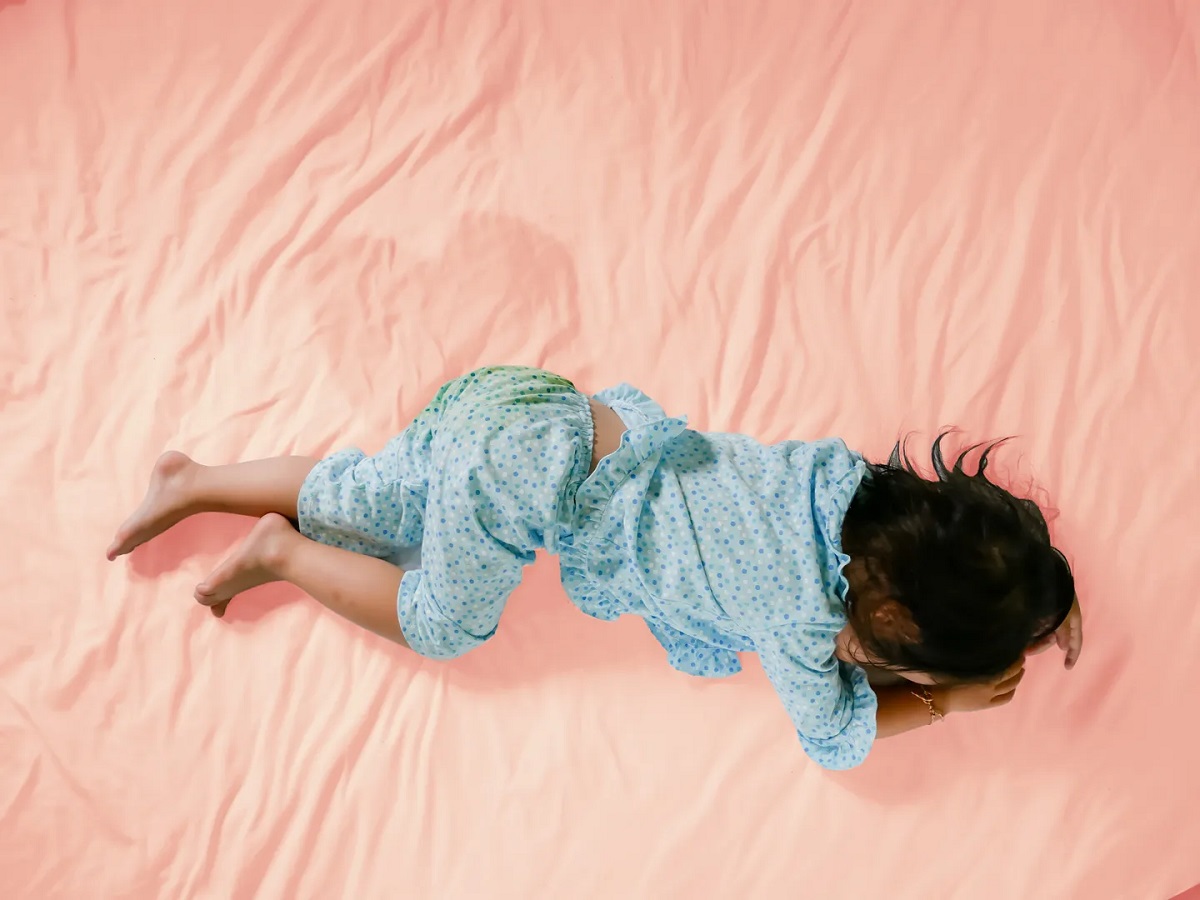
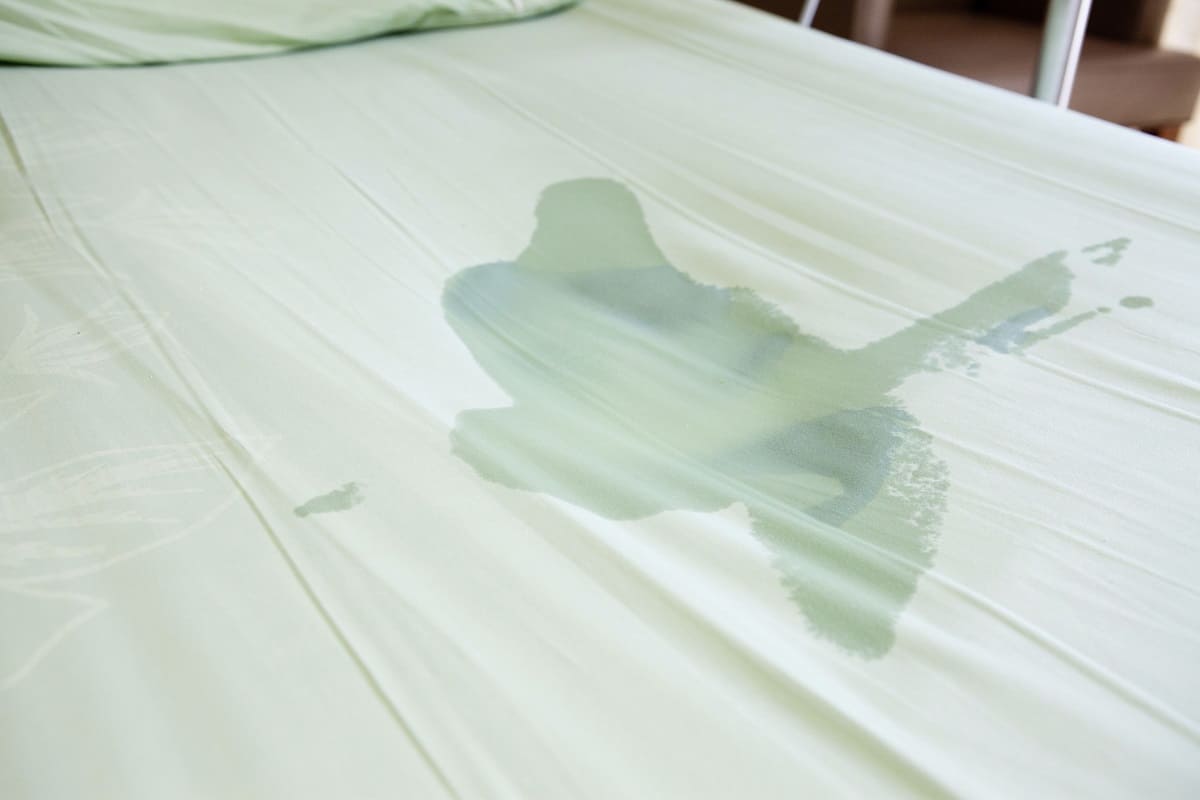
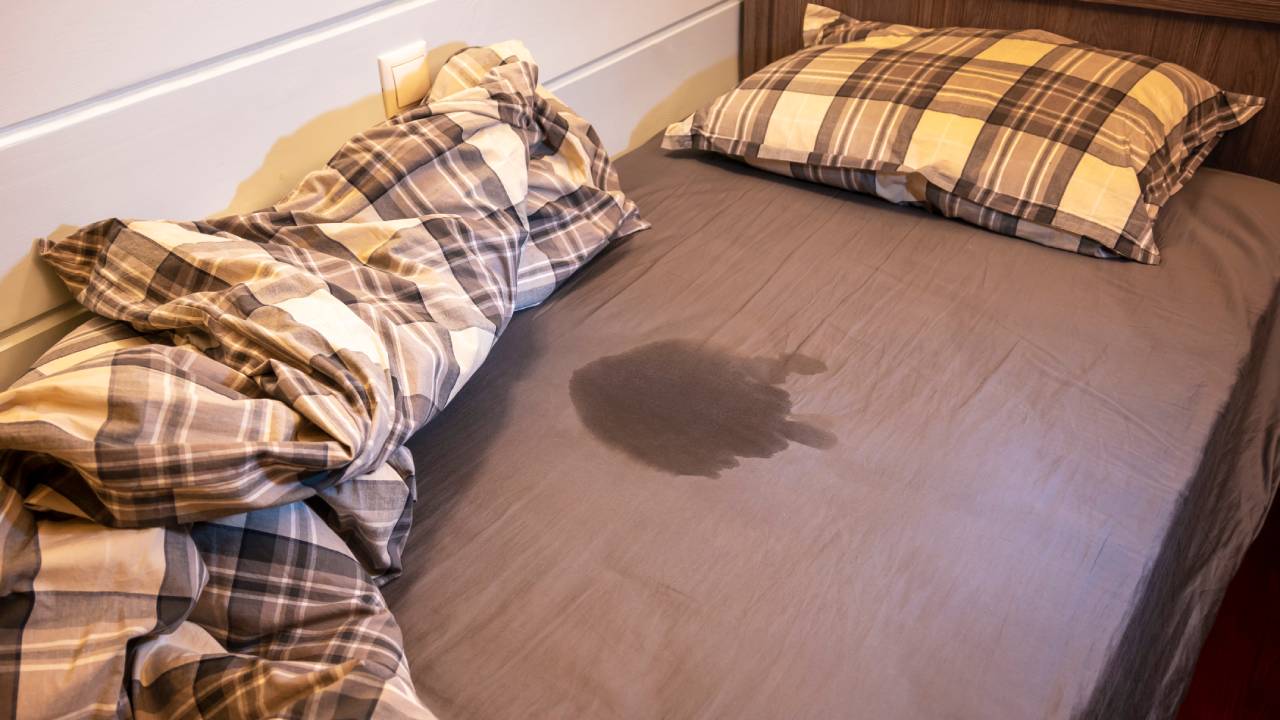
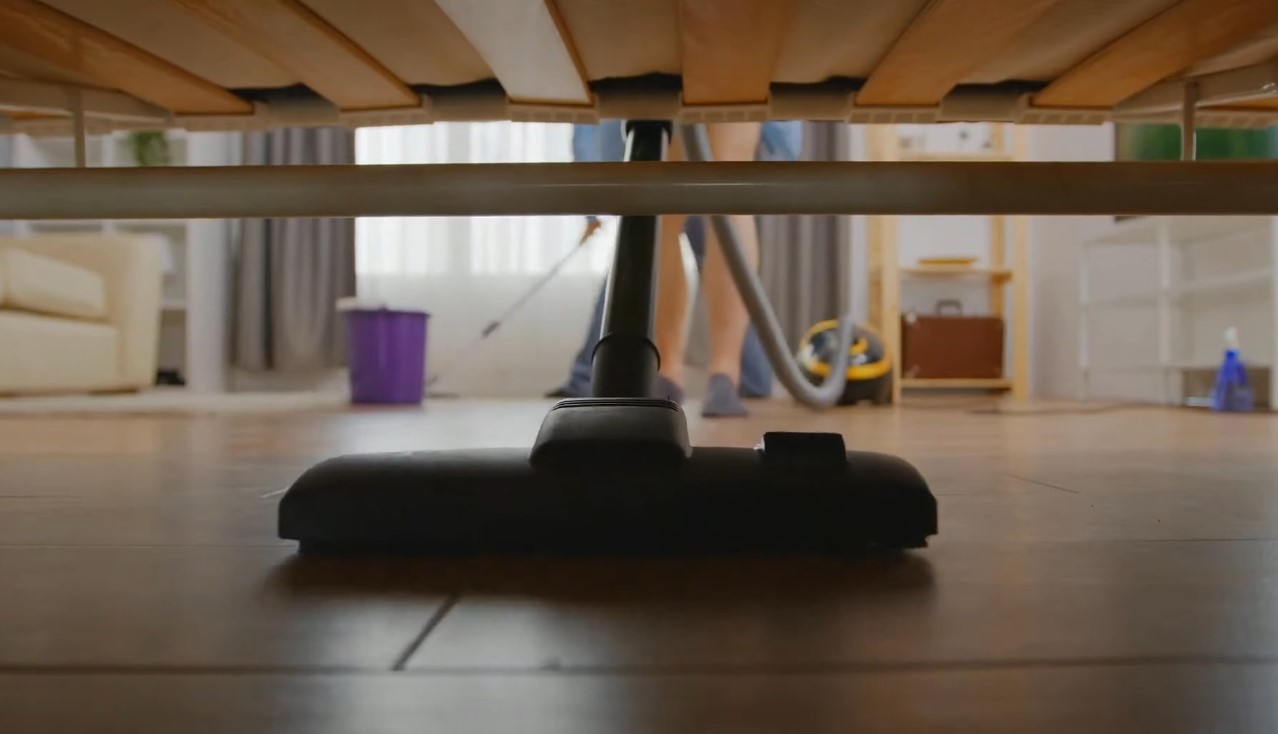
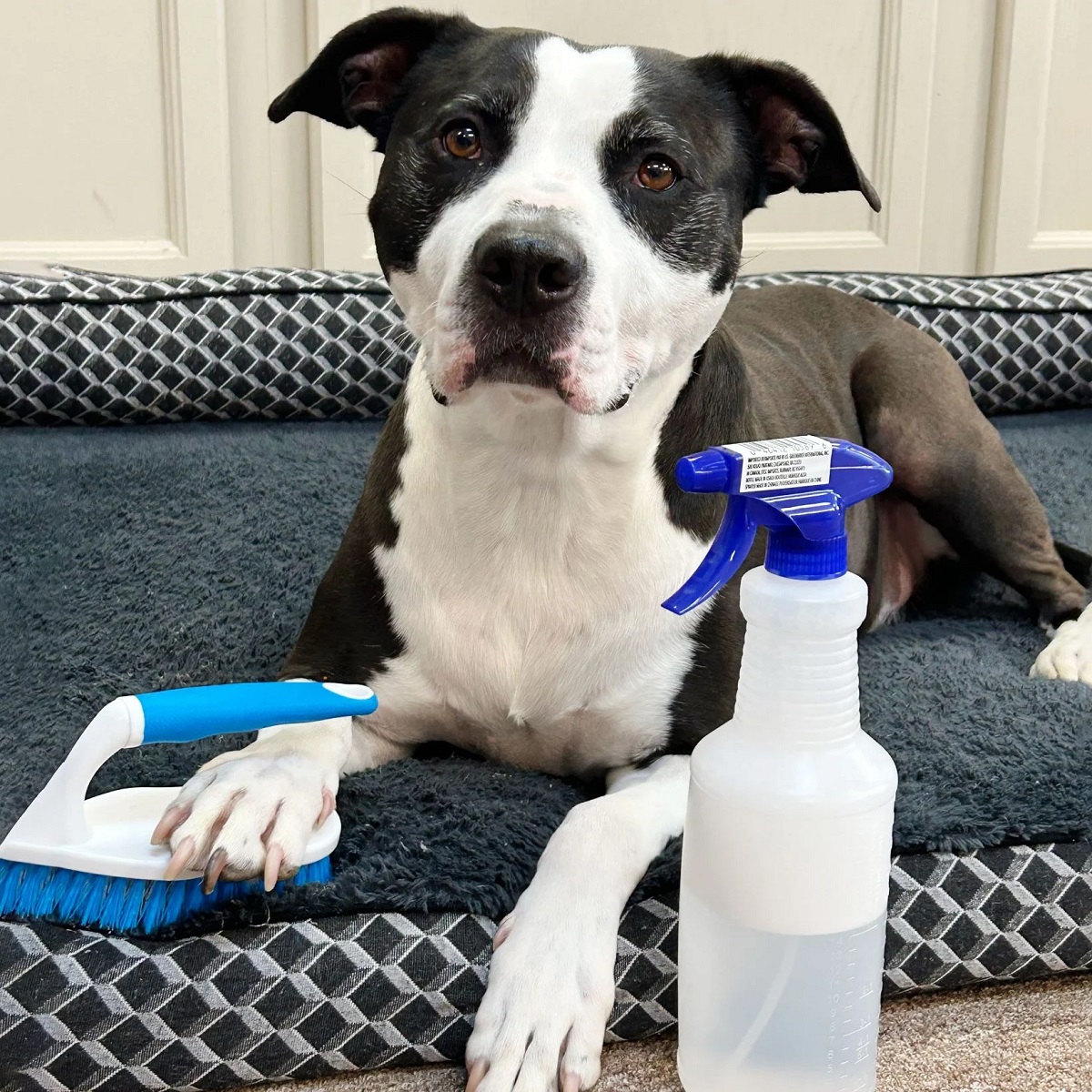
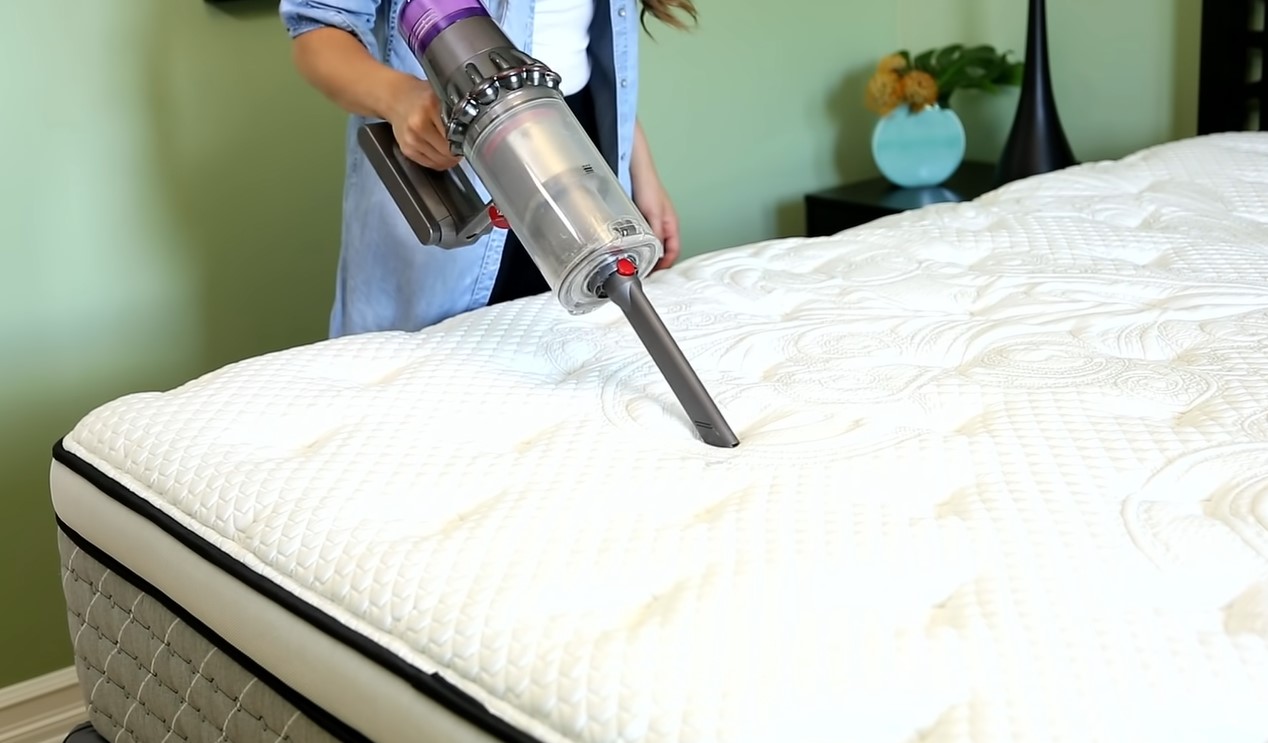
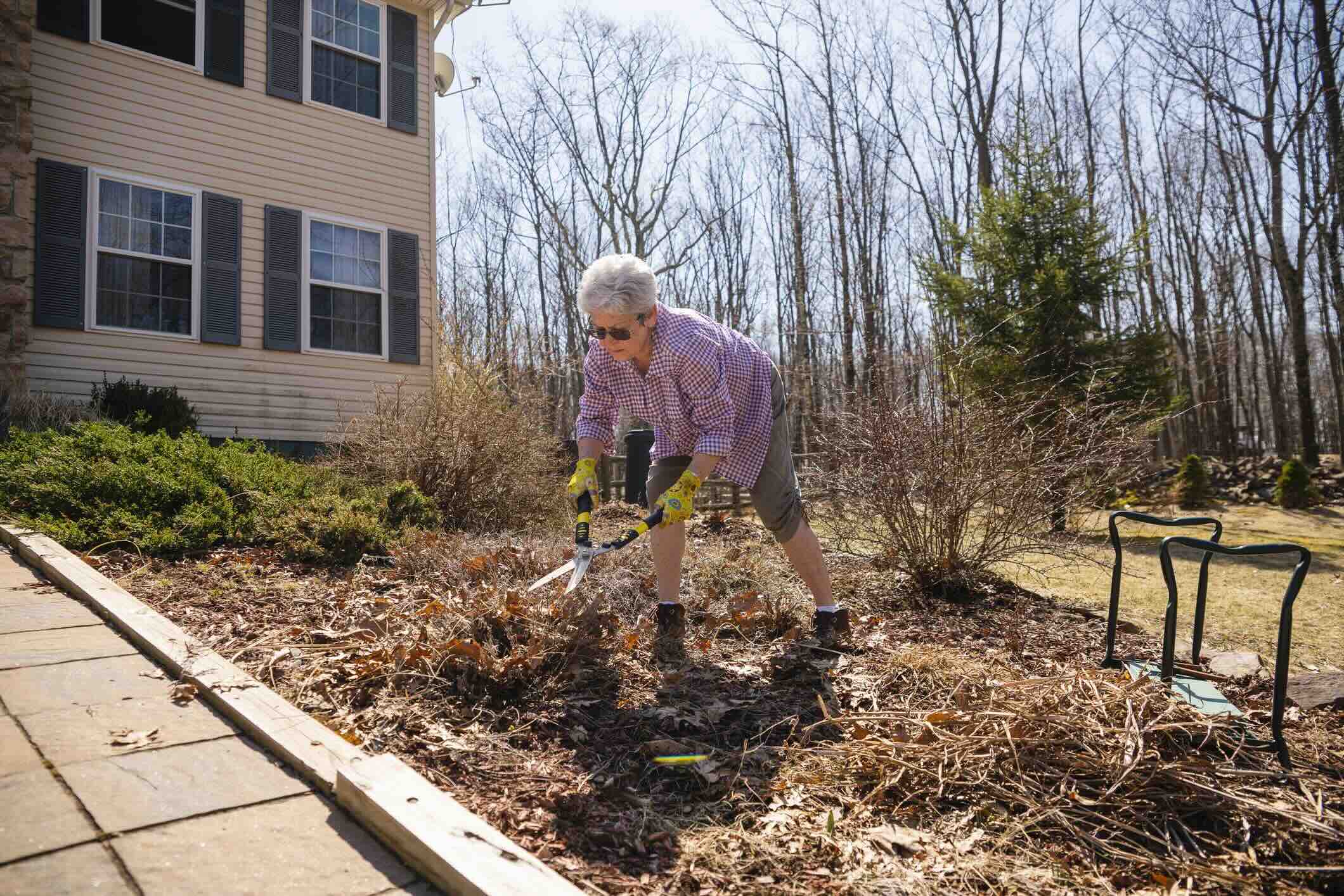
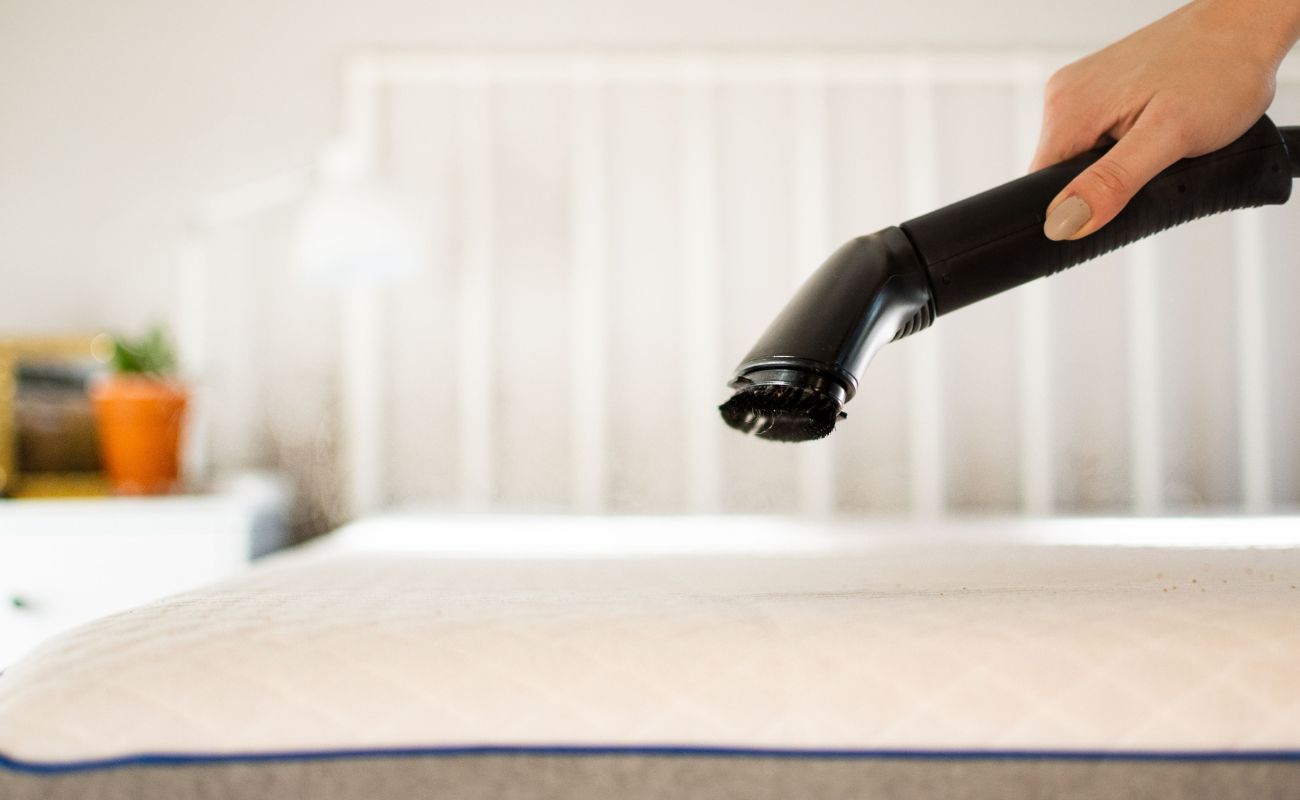
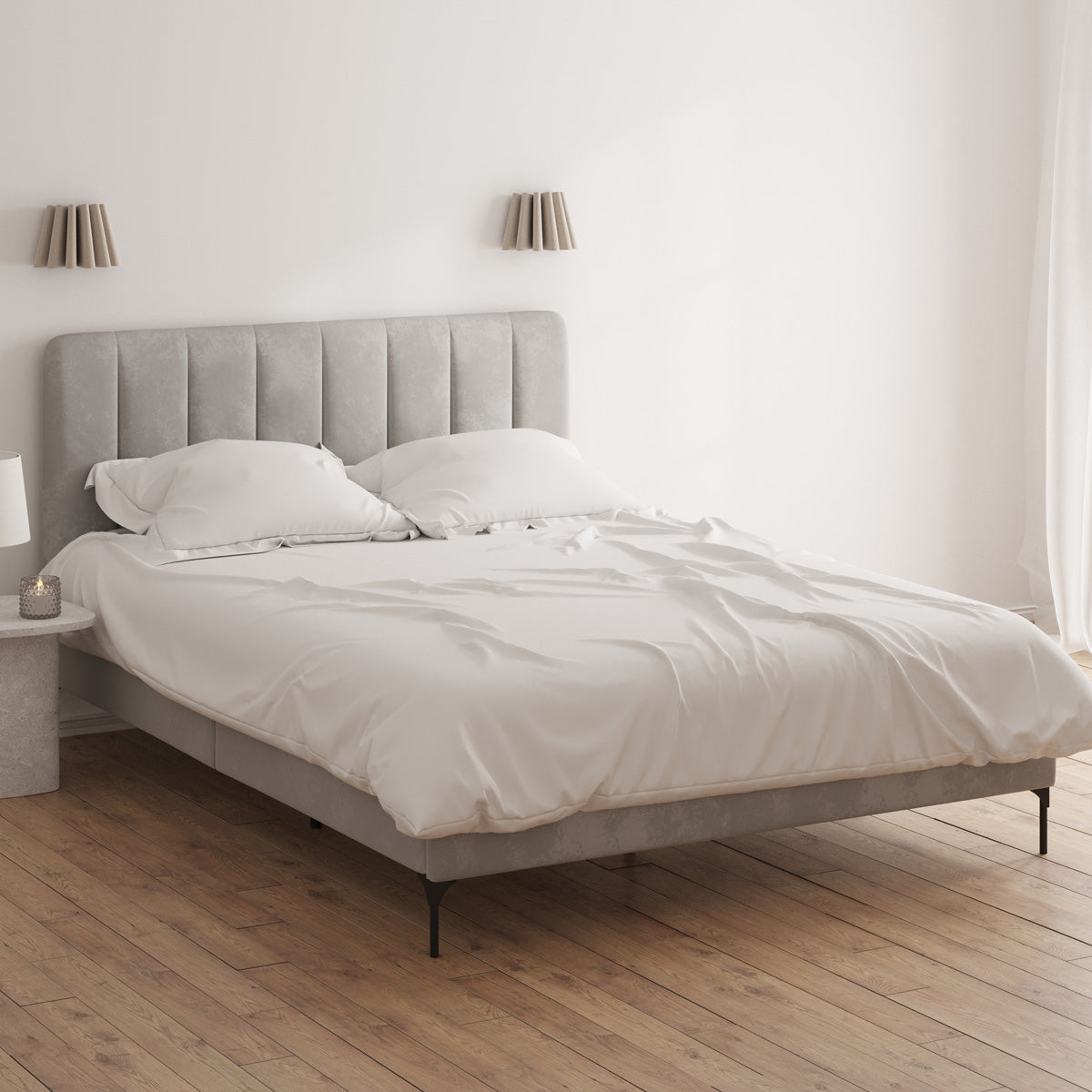

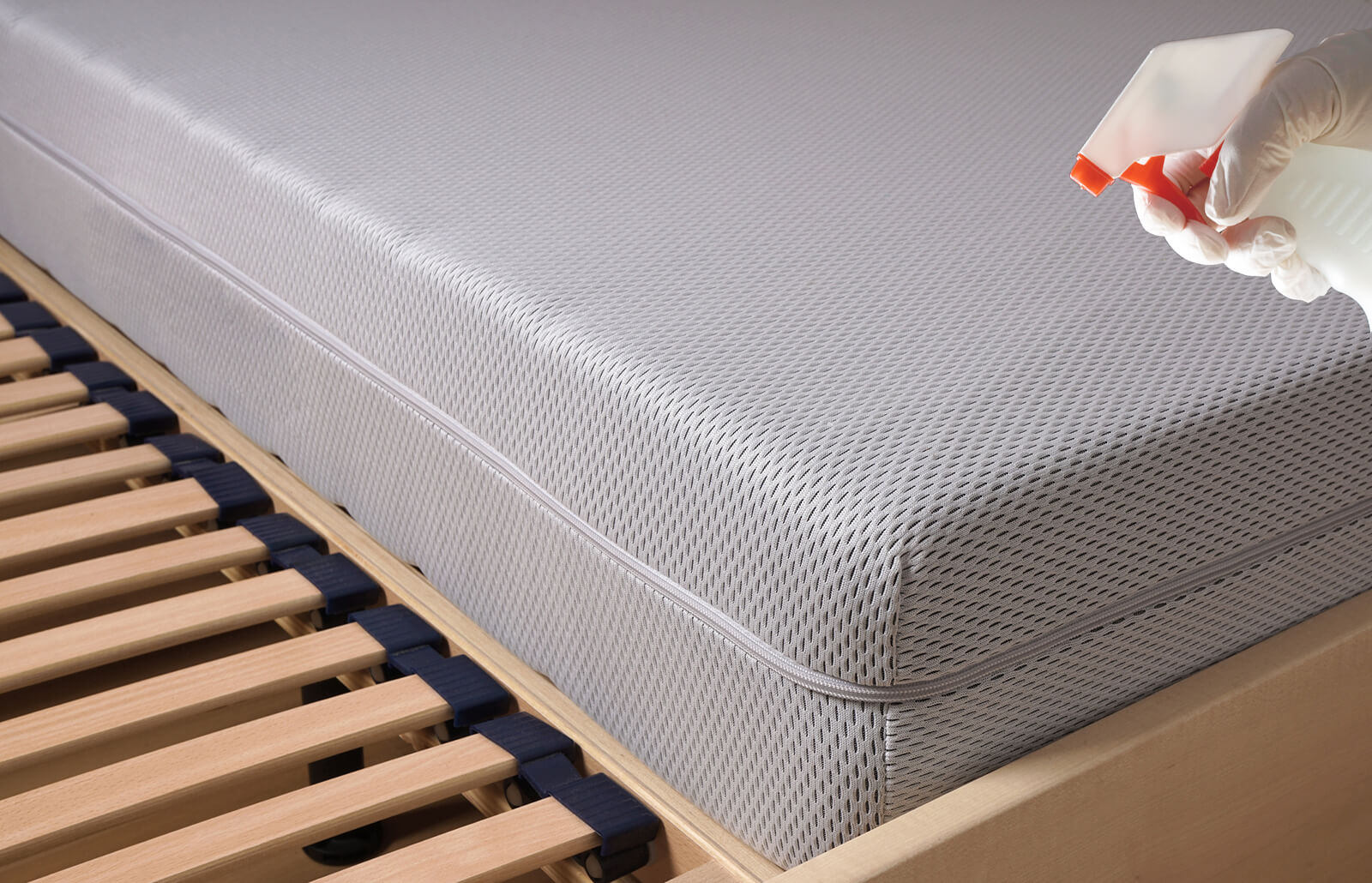
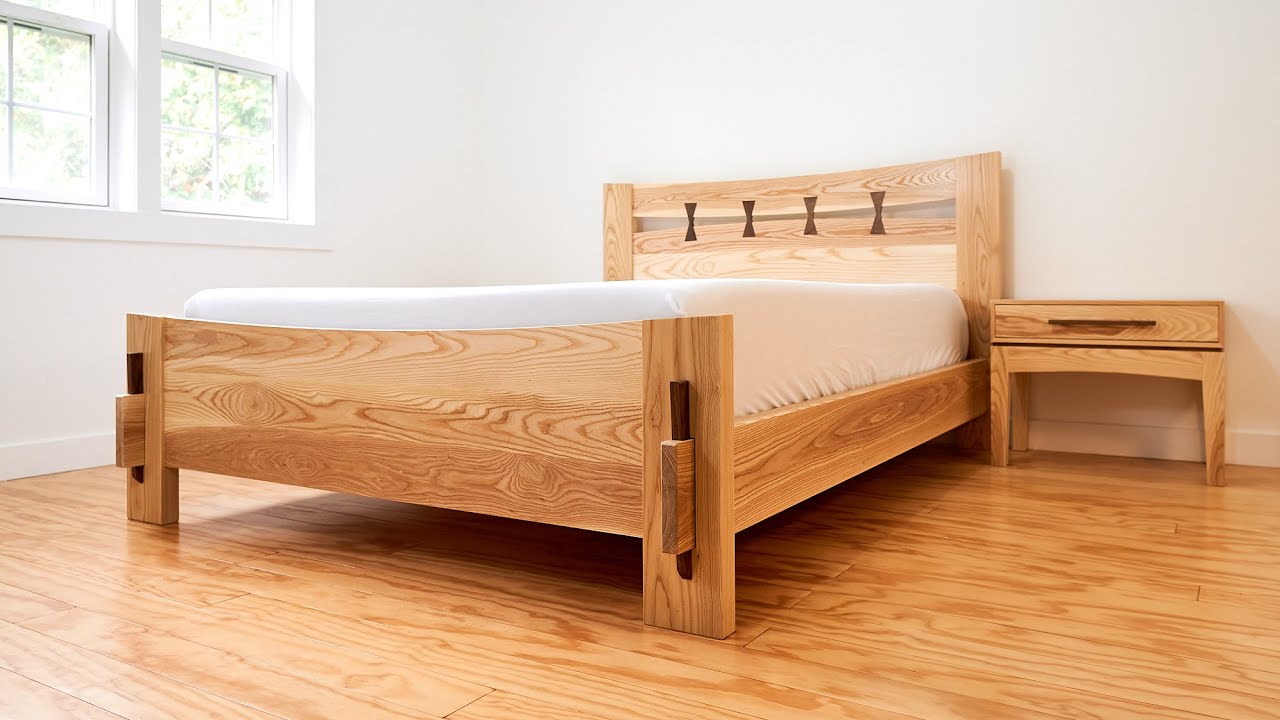
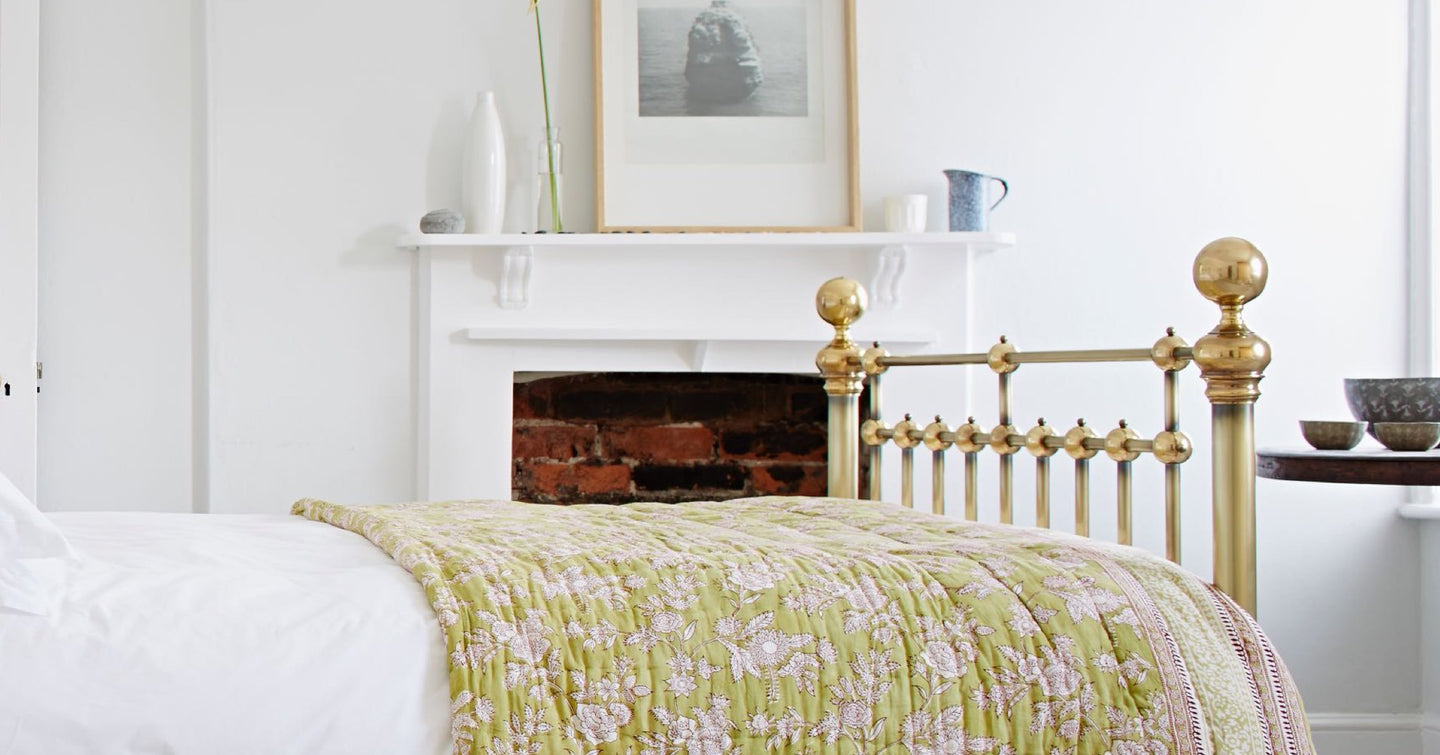
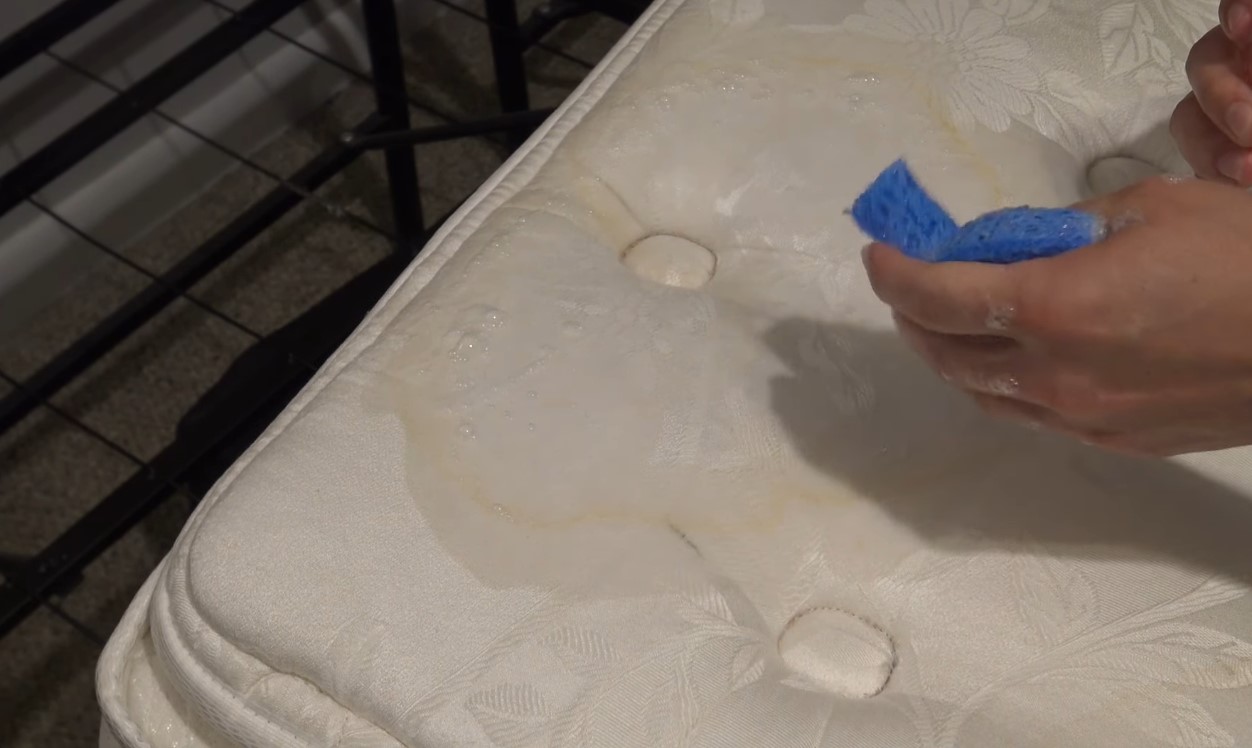

0 thoughts on “How To Clean A Wet Bed”